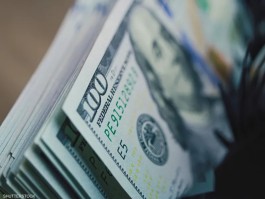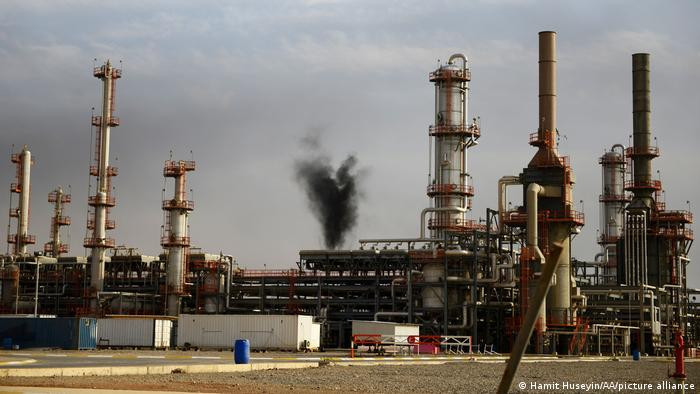Oil closed its weekly trading with an increase on Thursday and Friday, respectively, but the gains were not enough to compensate for the losses from the beginning of the week, which led the market to decline for the second week in a row amid signs indicating that the Federal Reserve has not finished raising interest rates to control inflation in United State.
Prices of West Texas Intermediate (WTI) crude oil settled in Friday's trading, up 78 cents, or 1%, at $79.83 a barrel. Despite rising for two days, WTI prices remained below $80 a barrel. The US Crude Oil Index is also down 1.7% for the week, after falling 2.3% last week. Prior to that, it had risen for seven consecutive weeks in a bullish spell that lifted WTI prices by nearly 20%.
As for Brent type traded in London, it settled at $84.48 a barrel, an increase of $1.12, or 1.3%, in Friday's trading. Compared to Texas Oil, Brent's losses this week were a more modest 0.4%, on top of a 2.3% decline in the previous week. Before that, the global crude oil index also rose for seven consecutive weeks, in which it rose by a total of 18%.
Oil price analysis
“Oil prices rallied slightly towards the end of the week after experiencing some pressure this month,” said Craig Erlam, analyst at online trading platform Onda. He added: The continued support of the oil market from OPEC+ continues to support the market, but the uncertainty about the global economic outlook in addition to the slow recovery in China, and the possibility of recession in the United States and Europe slightly affect the level of purchases.
Friday's rally in oil prices may have been influenced to some extent by signals from the Federal Reserve that it intends to keep US interest rates as high as necessary to bring inflation back to its long-term target of 2% annually.
Council Chairman Jerome Powell said: Our mission is to bring inflation down to our 2% target, and we will. The Fed chairman made this clear during the board's annual symposium in Jackson Hole, Wyoming, which is one of the world's most watched financial events for anyone wanting a handle on US interest rate trends.
Federal and oil
The chairman emphasized that US interest rates will follow inflationary pressures. Powell said: We are prepared to raise interest rates further if required, and we intend to keep policy at a limited level until we are confident that inflation is moving sustainably towards our target.
Inflation hit a four-decade high of more than 9% annually in June 2022 as a result of the federal government's massive spending on easing after the coronavirus outbreak in 2020. The Fed responded with its most aggressive interest rate tightening in 20 years, rising from The basis of 0.25% in March 2022 to 5.5%.
Although pandemic-related spending is over and growth in consumer prices is now stable at 3% annually, a strong labor market has allowed Americans to continue spending, keeping the Federal Reserve from achieving its inflation target.
Weekly jobless claims in the United States continued to decline, with the unemployment rate at its lowest in more than 50 years, while average hourly earnings have not fallen in at least one month since April 2021.
Other influences on oil prices
Also affecting oil prices was the notion that global oil supplies could rise. While Russia may deliberately produce less oil in cooperation with the Saudis to obtain higher prices per barrel, Venezuela and Iran—two countries sanctioned by the United States—may have the potential to ship more crude soon, according to reports published this week.
US officials have been preparing a proposal to ease sanctions on Venezuela's oil sector, allowing more companies and countries to import crude from it, if the South American nation heads toward free and fair presidential elections, five people with knowledge of the plans told Reuters.
Iran also said this week that its crude oil production will reach 3.4 million barrels per day by the end of September despite continuing sanctions against the Islamic Republic from the Trump administration, without significant implementation from the Biden administration.
Reuters reports that Iran has already increased its crude oil exports this year, with May flows reaching a four-and-a-half-year high of 1.54 million barrels per day, corroborated by Kpler data. Iran's production rose to 3 million barrels per day in July, the highest level since 2018, according to the International Energy Agency in Paris.







































